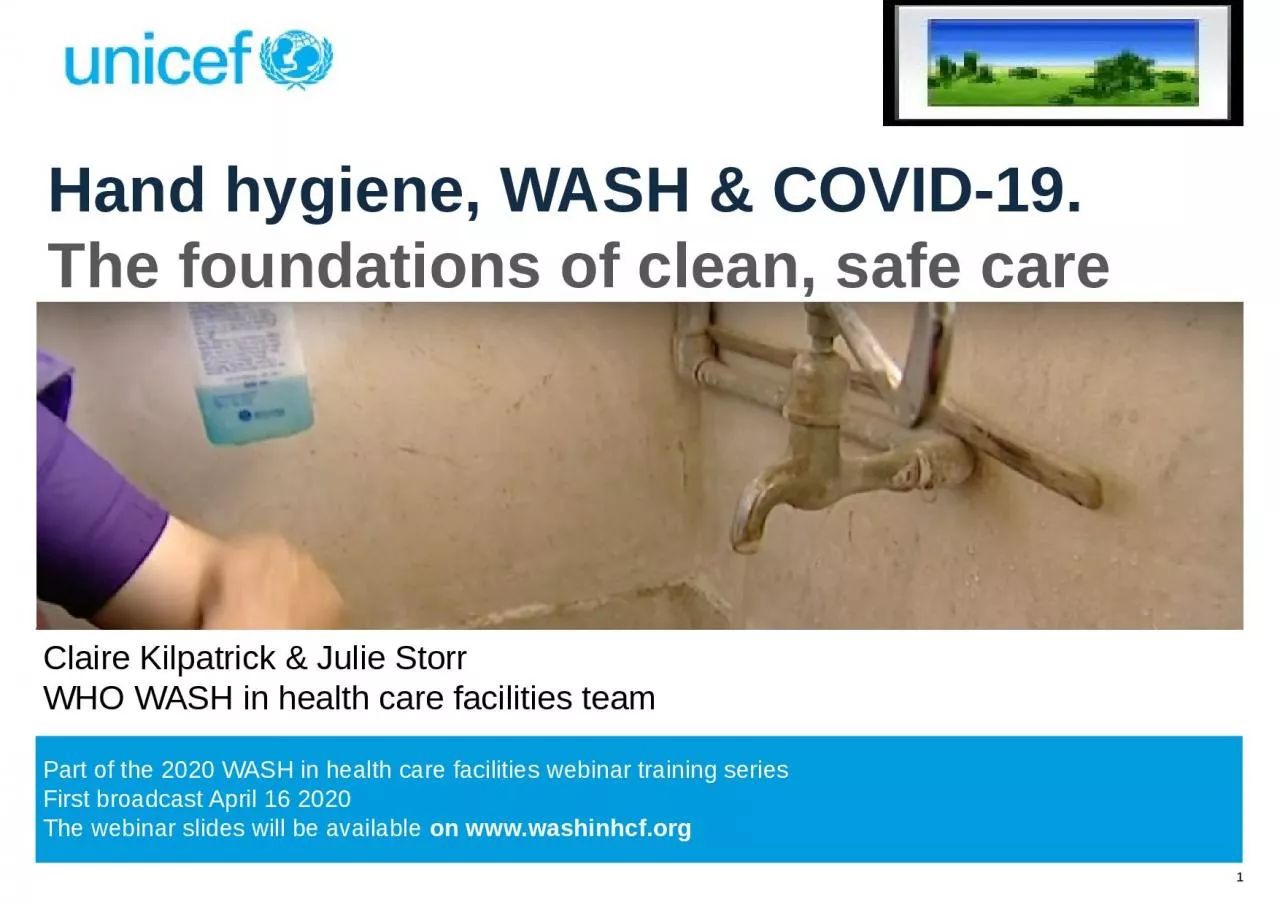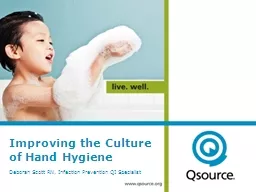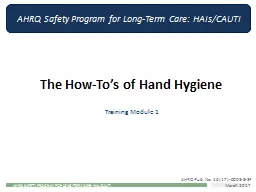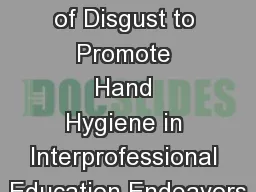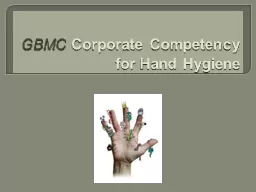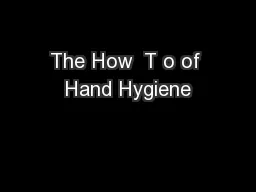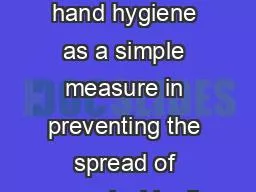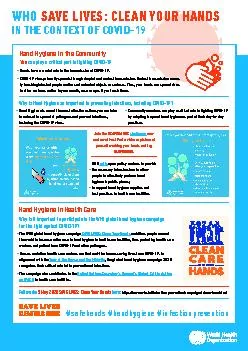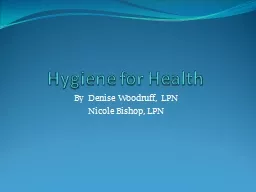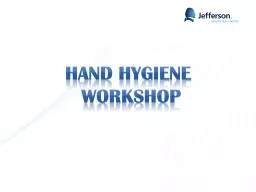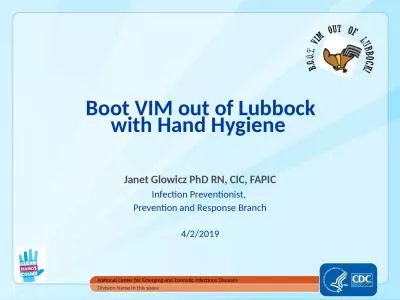PPT-1 Hand hygiene, WASH & COVID-19.
Author : DiamondsAreForever | Published Date : 2022-08-03
The foundations of clean safe care Claire Kilpatrick amp Julie Storr WHO WASH in health care facilities team Part of the 2020 WASH in health care facilities webinar
Presentation Embed Code
Download Presentation
Download Presentation The PPT/PDF document "1 Hand hygiene, WASH & COVID-19." is the property of its rightful owner. Permission is granted to download and print the materials on this website for personal, non-commercial use only, and to display it on your personal computer provided you do not modify the materials and that you retain all copyright notices contained in the materials. By downloading content from our website, you accept the terms of this agreement.
1 Hand hygiene, WASH & COVID-19.: Transcript
Download Rules Of Document
"1 Hand hygiene, WASH & COVID-19."The content belongs to its owner. You may download and print it for personal use, without modification, and keep all copyright notices. By downloading, you agree to these terms.
Related Documents

